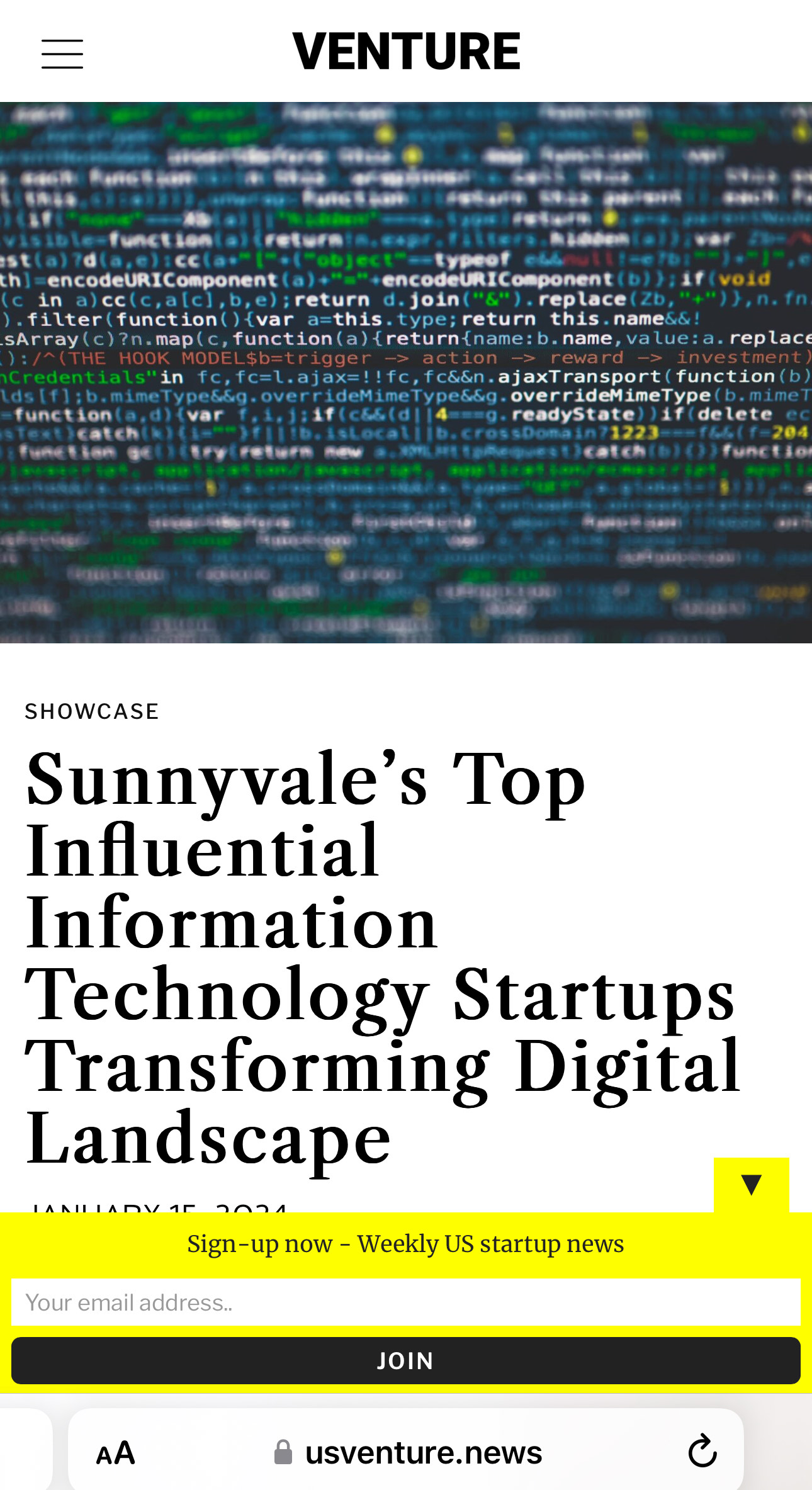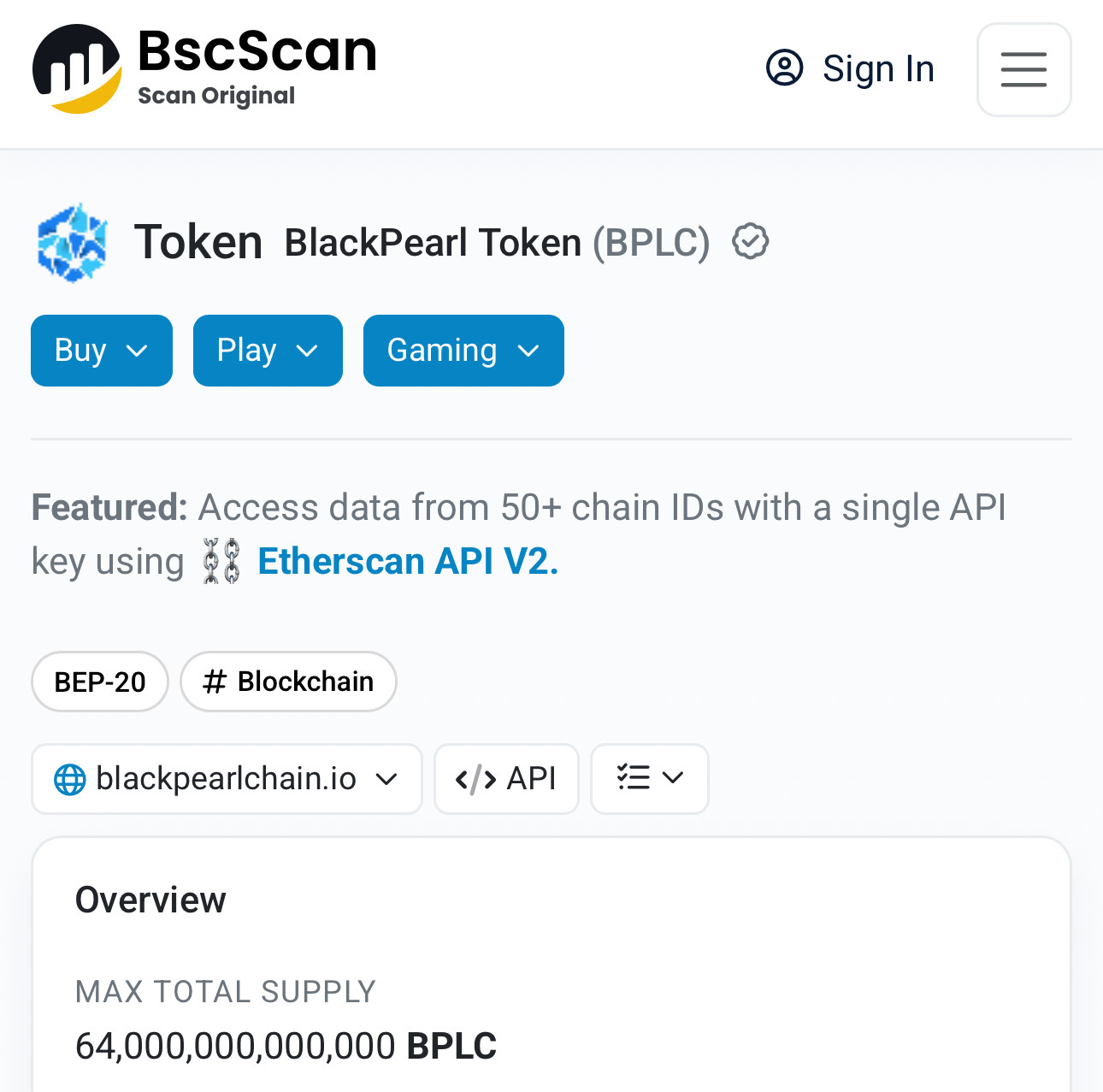Sunnyvale’s Top Influential Blockchain Technology Startup, BlackPearl.Chain’s Mobile Public Blockchain Will Transform Digital Landscape
CoinTelegraph Press Release, July 24,2019

Exchange listing to be announced




Crypto IGO aims to disrupt the cryptotrading industry by lowering the barrier
to creating algorithmic trading models.
Cryptocurrency exchanges or digital currency exchanges (DCE) are businesses that allow customers to trade cryptocurrencies or digital currencies for other assets.
Lorem ipsum dolor sit amet, consectetur adipisicing elit. Doloremque aperiam, dolor deleniti maxime tempore aliquid repellendus quam quo! Temporibus error aperiam ea ullam maiores facilis quia suscipit minus laboriosam odit, expedita voluptatem dolorum voluptas magni dignissimos voluptatibus recusandae neque quibusdam quis dolor voluptate repellat beatae laudantium cum consequuntur.
Doloremque voluptas est consectetur sapiente ex deleniti eveniet totam voluptatem recusandae!
More than $40 million in assets were placed under restraint pending forfeiture, and more than 30
Liberty Reserve exchanger domain names were seized.
Different pieces of the new Internet are born as building blocks, but there’s no way for them to work together.
Even interoperating new technologies with old centralised resources can prove useful in making the paradigm shift from Web 2 to Web 3 happen. Now we own our data, we can prove that we own what we have and have created it on different platforms, but how do we put it together into a whole new cohesive framework.

Decentralized cryptocurrency is produced by the entire cryptocurrency system collectively, at a rate which is defined when the system is created and which is publicly known.
In centralized banking and economic systems such as the Federal Reserve System, corporate boards or governments control the supply of currency by printing units of fiat money or demanding additions to digital banking ledgers.

Terms of service are rules by which one must agree to abide in order to use a service.
Terms of service can also be merely a disclaimer, especially regarding the use of websites.

A white paper is an authoritative report or guide that informs readers concisely about a complex issue and presents the issuing body's philosophy on the matter. It is meant to help readers understand an issue, solve a problem, or make a decision.
The initial British term concerning a type of government-issued document has proliferated, taking a somewhat new meaning in business. In business, a white paper is closer to a form of marketing presentation, a tool meant to persuade customers and partners and promote a product or viewpoint, White papers may be considered grey literature.
Since the early 1990s, the term "white paper", or "whitepaper", has been applied to documents used as marketing or sales tools in business.
This is a list of cryptocurrencies. The number of cryptocurrencies available over
the internet as of 7 January 2018 is over 1384 and growing.
Digital currency is a money balance recorded electronically on
a stored-value card or other device. Another form of electronic money is network money.











Being a co-author of The First Mile(John Wiley), a book on startups commissioned by TIE, the largest organization of entrepreneurs in the world, put me on the path of becoming an author, Speaker, emcee/organizer of investor, innovation, mindset& philanthropic events. Pitch Global is the network of networks in SV. All our events in SF, LA, London& beyond are listed at www.pitchglobal.eventbrite.com
I started my career as a Senior Management Trainee in the HR Dept of HCL Hewlett Packard, then India’s largest IT company where I was involved in Leadership hiring and development. I was part of a successful startup in Silicon Valley when I was recruited as a Co-founder for Biztech, a strategy& outsourcing leadership company, whose Chairman and CEO were former Partners of Mckinsey and Bain respectively. We were acquired by TCG Software, outsourcing arm of Private equity and VC funds affiliated to George Soros where I became part of the Leadership team and headed the Silicon Valley operations and helped leverage almost $ 250 m in investments of Quantum Industrial Fund, Winston Fund, (PC)Chatterjee Fund Management etc in companies like Perkin Elmer(“PKI”), Sybase(acquired by SAP for $ 5b), Selectica(went IPO), Oblix(acquired by Oracle). Later returned to the original startup and helped incubate some high growth spinoffs leading to its acquisition by a global outsourcing company at a much higher multiple.

Real estate investor. Blockchain technology promoter and investor. Tennis coach.

I am a die hard Silicon Valley entrepreneur. My companies have done over $85 Million in revenue. I have been backed by the valleys most prominent VC including YCombinaor, SVangels, Andreessen Horowitz, Digital Garage etc. What makes me tick is laughing, dancing and singing with people I love. I am blessed with 2 kids and a super amazing wife.

Originally the term "FAQ" referred to the Frequently Asked Question itself, and the
compilation of questions and answers was known as a "FAQ list" or some similar expression.
A blog is a discussion or informational website published on the World Wide
Web consisting of discrete, often informal diary-style text entries posts.
CoinTelegraph Press Release, July 24,2019

We are honored to be mentioned in this article. The venture market is paying attention to BlackPearl. It’s published on LinkedIn as well. Please pay attention to our LinkedIn.

Congratulations, BlackPearl team!

Congratulations, BlackPearl team!

Have questions? We’re happy to help.